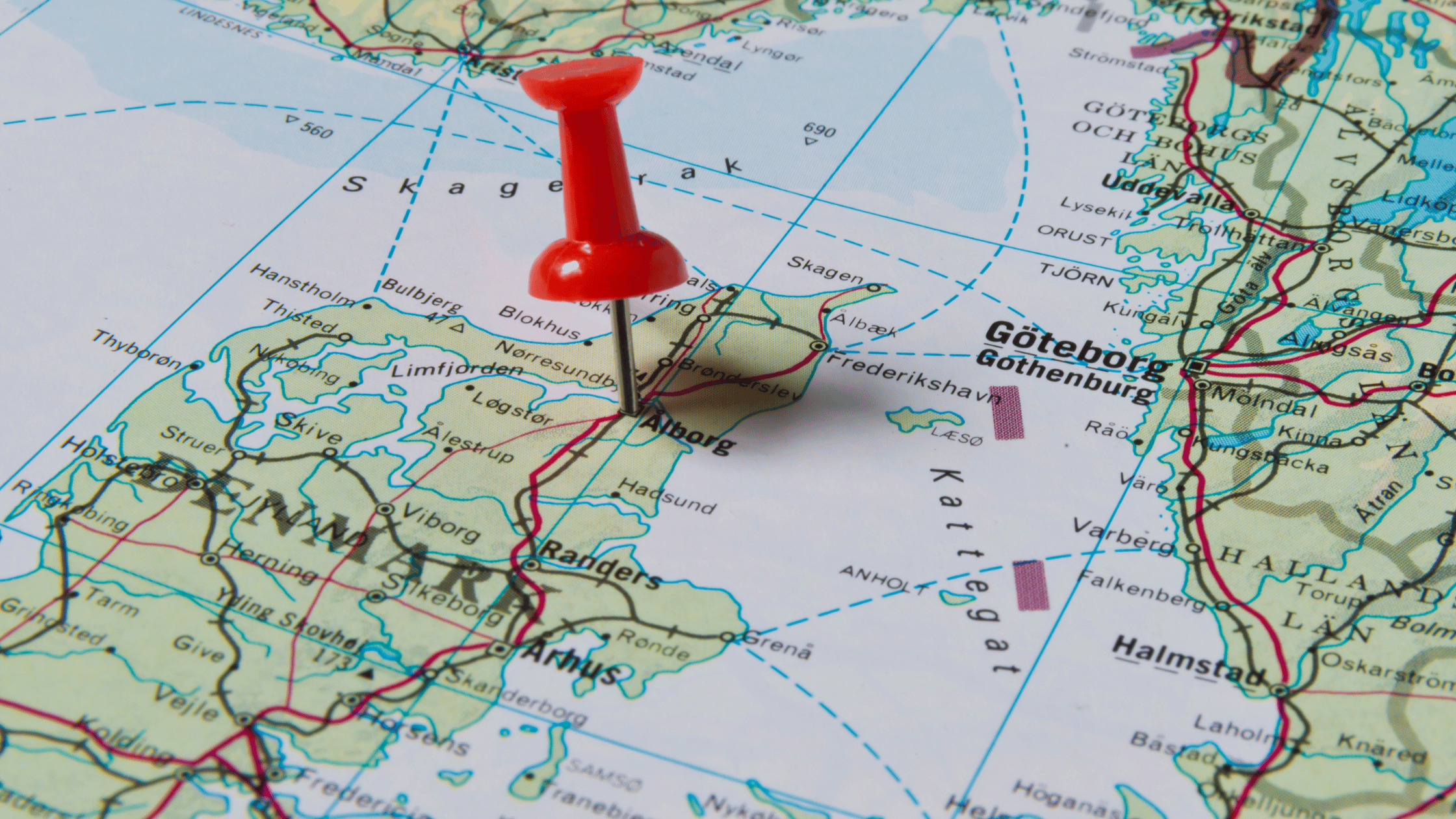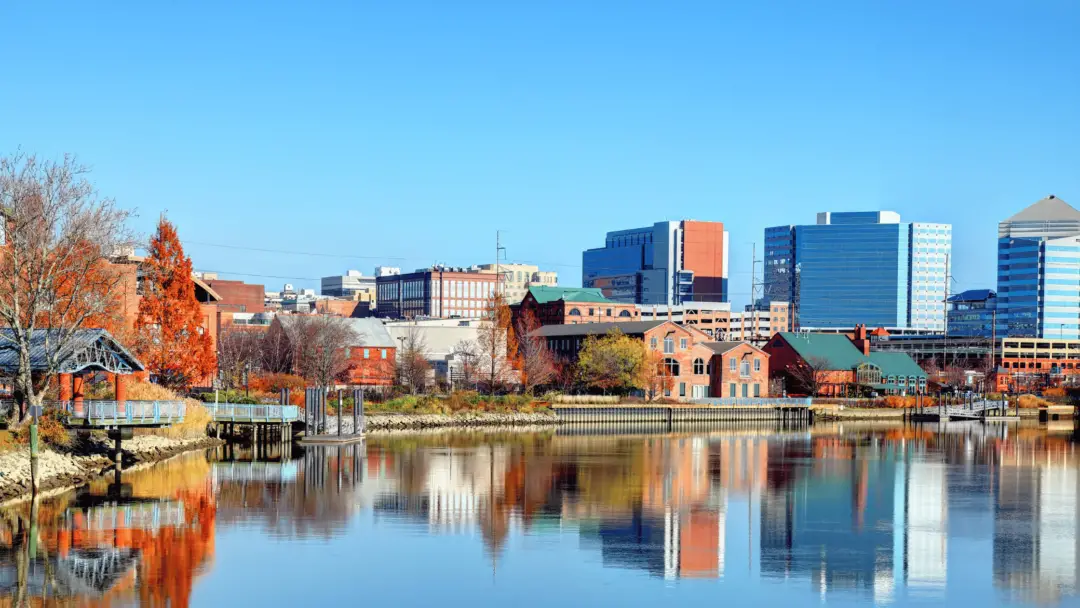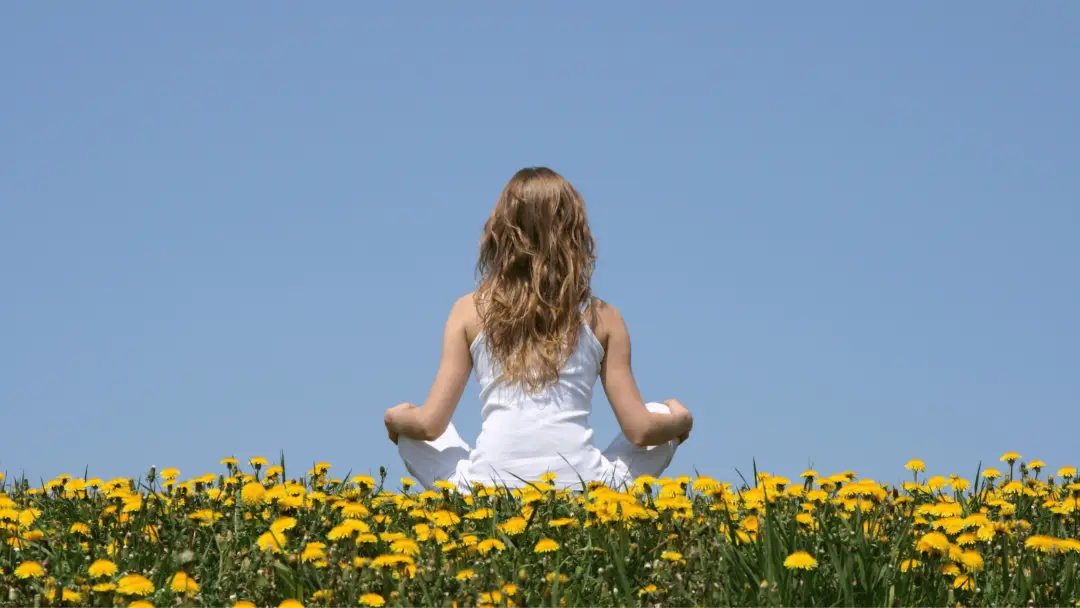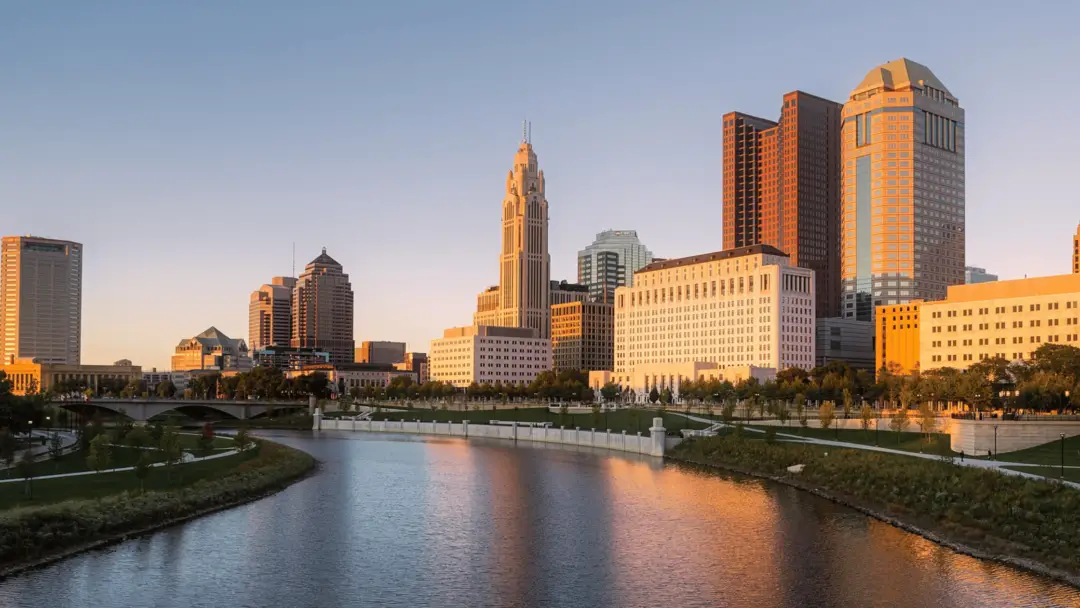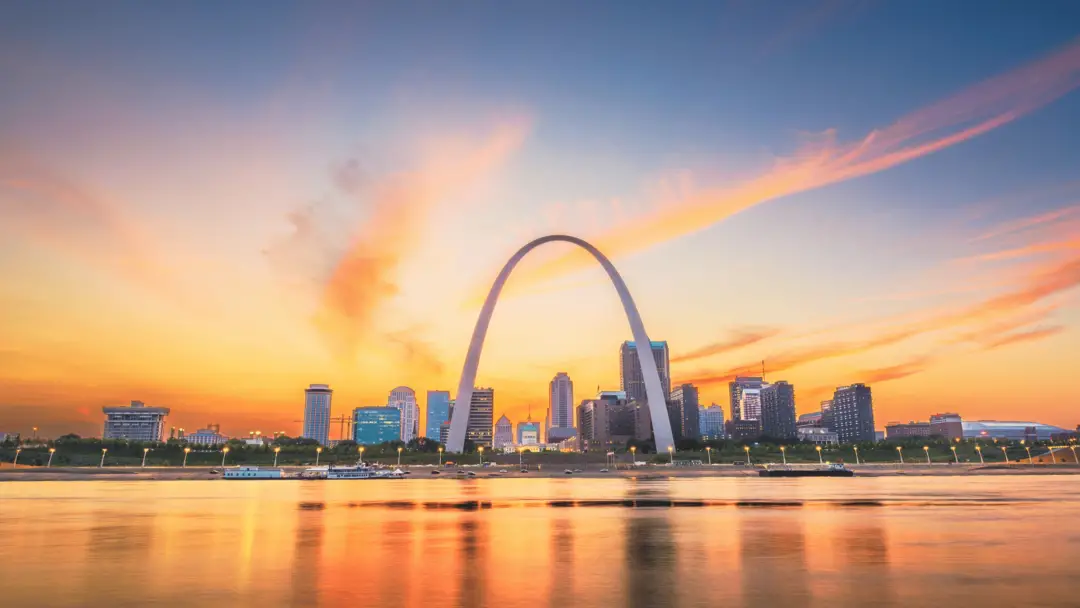Exploring the most popular hobbies in Denmark offers you a unique lens into Danish culture and traditions.
Traveling and socializing stand out as the top hobbies among Danish people. These activities are deeply ingrained in the lifestyle, allowing you to experience the rich history and vibrant social life.
Visiting iconic landmarks like the Viking Ship Museum in Roskilde or enjoying the natural beauty of Møns Klint can provide both educational and recreational experiences.

Understanding Danish traditions can further enrich your hobby exploration.
Festivities such as the Danish Christmas celebration, held on the evening of December 24th, highlight the importance of family and community in Danish culture. Partaking in these traditions can give you a deeper connection to the country and its people.
The Cultural Fabric of Denmark

Denmark’s cultural fabric is characterized by its rich historical roots, unique artistic landmarks, and a strong literary tradition, all of which reflect its national identity.
Historical Roots and National Identity
Denmark has a long, storied history that dates back to the Viking Age. The Vikings, with their daring voyages and intricate societal structures, form a critical chapter in Denmark’s past.
Throughout centuries, Denmark evolved into a modern nation while retaining elements of its ancient roots.
National identity is also shaped by traditions and customs unique to Denmark, such as “hygge,” which encapsulates a sense of coziness and contentment. Danish culture emphasizes community, trust, and a simplistic lifestyle.
Artistic Landmarks and Danish Design
Artistic expression in Denmark is punctuated by iconic landmarks and a globally recognized design philosophy.
Copenhagen, for instance, hosts many artistic landmarks, including the famous Little Mermaid Statue. This statue has become a symbol of Danish storytelling and artistic heritage.
Danish design is synonymous with minimalism, functionality, and elegance. Furniture and architectural designs coming from Denmark have set global trends.
Names like Arne Jacobsen and his iconic Egg Chair highlight the fusion of form and function, characteristic of Danish design ethos.
Literature and the Legacy of Hans Christian Andersen
Denmark’s literary tradition is immensely rich, with Hans Christian Andersen as its most celebrated figure.
Andersen’s fairy tales, such as “The Little Mermaid,” have become timeless classics that continue to influence literature and popular culture worldwide. His works are deeply embedded in Danish culture and serve as a gateway to understanding the nation’s narrative tradition.
Modern Danish authors also contribute significantly to global literature, adding contemporary voices to the country’s storied past. Literature remains a cornerstone in Danish cultural life, shaping national identity and fostering a shared sense of heritage.
A Glimpse into Danish Cuisine

Danish cuisine offers a rich blend of traditional delights, seafood specialties, and modern culinary innovations. You will find iconic dishes featuring pork and innovative dining experiences that highlight Denmark’s unique food culture.
Traditional Delights and Danish Pastries
Denmark is renowned for its traditional dishes and delectable pastries.
Popular items include smørrebrød, open-faced sandwiches often topped with meats, fish, and cheeses. The national dish, Stegt flæsk, consists of crispy fried pork belly served with boiled potatoes and parsley sauce.
Frikadeller, or Danish meatballs, are another staple made from minced pork or a mix of pork and beef.
Danish pastries, or “wienerbrød,” are beloved worldwide. Favorites include kanelsnegl (cinnamon rolls) and spandauer (custard-filled pastries).
During the holiday season, don’t miss out on risalamande, a creamy rice pudding often flavored with vanilla and almonds.
Seafood and Local Specialties
Danish cuisine makes extensive use of seafood, owing to the country’s long coastline.
Pickled herring is a traditional favorite, marinated in vinegar and spices, and often served with rye bread. Cod and plaice are other common fish, usually fried or baked.
During festive occasions, particularly Jul (Christmas), gravlaks (cured salmon) and steamed mussels make frequent appearances.
Smoked eel is another delicacy enjoyed with scrambled eggs or on its own. Denmark’s love for locally sourced ingredients is evident in the freshness and flavor of these dishes.
Denmark’s Culinary Innovations and Dining Out
Modern Danish cuisine has seen a renaissance with a focus on fresh, seasonal, and locally sourced ingredients.
Restaurants like Noma have put Denmark on the global food map with their innovative and “New Nordic” cuisine. This approach emphasizes sustainability and minimalism.
When dining out, you might encounter Arla dairy products, including exceptional cheeses and butter.
Casual dining often features flæskesteg, a classic Danish roast pork with crispy crackling. Across Denmark, you’ll find a mix of traditional establishments and contemporary eateries pushing culinary boundaries.
Active Pursuits and Outdoor Activities

Denmark offers a variety of outdoor activities that allow for both fitness and appreciation of nature.
From cycling through vast landscapes to hiking scenic trails and enjoying water sports along the extensive coastline, there is something for everyone.
Cycling as a Way of Life
Cycling is deeply integrated into everyday life in Denmark. The country boasts a comprehensive network of bike lanes and cyclist-friendly roads.
Many Danes use bikes as their primary mode of transport, making cycling a practical and eco-friendly choice.
Safety is critical, and you’ll find dedicated bike lanes and parking in most cities.
Cycling also promotes fitness, allowing you to enjoy the outdoors while staying active. Whether commuting or exploring, you can expect scenic routes and well-maintained paths.
Hiking Trails and Nature Appreciation
Denmark offers a variety of hiking trails that give you a chance to explore its natural beauty. The Mols Bjerge National Park and Rold Skov are popular spots.
These trails range from easy walks to more challenging hikes. As you trek, you can encounter diversified flora and fauna, making it an enriching experience.
Denmark’s landscape is mostly flat, but the trails often meander through forests, around lakes, and past ancient landmarks. Plan your hikes with weather-appropriate clothing and a good map for the best experience.
Water Sports and Embracing the Coastline
With around 8,000 km (5,000 miles) of coastline, Denmark offers numerous opportunities for water sports.
The beaches are generally unspoiled, and many protect against sea winds with dunes.
Common water activities include kayaking, sailing, and windsurfing. These activities not only provide fun and excitement but also allow you to connect with the sea.
Nude beaches are also commonplace, and polluted beaches are clearly marked, ensuring a safe and enjoyable experience. Whether you’re a beginner or an expert, Denmark’s coastal areas provide a perfect setting for aquatic adventures.
Check out our list of beach hobbies for great summer activity ideas for a day at the beach…
Community and Family Life in Denmark

Denmark places a high value on community and family life. Danish culture fosters close-knit family units, cherished moments at home, and community-centric festivals that emphasize socializing and togetherness.
The Importance of Family and Home
Family is the cornerstone of Danish society. Household members spend quality time together, often engaging in a concept known as hygge.
Hygge refers to creating a warm, cozy atmosphere to enjoy the simple pleasures of life, often with family.
Homes are central hubs where family members gather. Houses are generally well-maintained, blending functional Scandinavian design with personal touches.
Freedom within the family unit is prioritized, allowing each individual to feel valued and included.
Children are encouraged to participate in family decisions, fostering a sense of responsibility and mutual respect.
Education and healthcare are affordable, making it easier for families to focus on well-being and happiness.
Social Gatherings and Celebrations
Social gatherings are an essential part of community life in Denmark. The country hosts various festivals and celebrations that bring people together.
One of the most cherished is the Danish Christmas celebration, marked by gift-giving, feasting, and family gatherings on December 24th.
Public events often focus on communal participation. For example, community festivals frequently feature local food, music, and games, encouraging social interaction and strengthening communal ties.
From birthdays to national holidays, Danes celebrate with an understated luxury that emphasizes joy, simplicity, and togetherness. The community participation in these celebrations strengthens societal bonds and enhances the quality of daily life.
Arts and Entertainment

Denmark offers a vibrant arts and entertainment scene, featuring rich musical traditions, engaging performances, and numerous cultural festivals and museums. You can explore the diverse expressions that reflect Denmark’s cultural heritage and contemporary creativity.
Music and Performing Arts Scenes
Denmark has a thriving music scene that covers a range of genres from classical to contemporary.
The country is home to the annually celebrated Roskilde Festival, one of the largest music festivals in Northern Europe, attracting top international acts and emerging talents.
In the world of classical music, the Royal Danish Orchestra, one of the oldest orchestras in the world, performs regularly at the Copenhagen Opera House.
Jazz enthusiasts will enjoy the vibrant jazz scene, especially in Copenhagen where the Copenhagen Jazz Festival takes center stage each summer.
Theater and dance are also integral parts of Danish performing arts. The Royal Danish Ballet, renowned for its classical and modern repertoire, offers stunning performances that reflect Denmark’s cultural sophistication.
Cultural Festivals and Museum Exploration
Cultural festivals in Denmark celebrate everything from art to historical traditions.
The Aarhus Festival, for instance, transforms the city with various art forms and performances each August. Copenhagen’s Distortion Festival is another highlight, flooding the streets with music, dance, and community spirit.
Museums play a crucial role in preserving and presenting Denmark’s rich cultural history.
The National Museum of Denmark offers a comprehensive look at the nation’s past, featuring Viking artifacts and medieval treasures.
Art enthusiasts should visit the ARoS Aarhus Art Museum, famous for its rainbow-colored skywalk. Copenhagen’s Louisiana Museum of Modern Art offers a mix of contemporary art against a striking coastal backdrop.
Iconic Danish Attractions

Denmark offers a unique blend of historical landmarks and modern urban highlights.
Historical Landmarks and Museums
Denmark’s historical sites provide a deep insight into its rich past.
One must-visit is the Viking Ship Museum in Roskilde, showcasing well-preserved Viking ships. These vessels underline Denmark’s seafaring history and provide fascinating exhibits on Viking culture.
Kronborg Castle, located in Helsingør, is another essential stop.
Known as Elsinore in Shakespeare’s Hamlet, this castle offers a blend of history and literature. Explore the royal chambers and the ballroom for a glimpse into Denmark’s past.
Churches also play a significant role in Denmark’s historical landscape.
The Roskilde Cathedral, a UNESCO World Heritage site, is home to the burial sites of Danish monarchs. Its Gothic architecture and intricate details are worth the visit.
Modern Wonders and Urban Highlights
Modern-day Copenhagen offers several urban highlights that reflect Denmark’s contemporary culture.
Nyhavn, known for its picturesque waterfront, is a must-see. This historic harbor serves as a lively gathering spot with numerous restaurants and cafes.
Another iconic spot is the Tivoli Gardens, one of the oldest amusement parks in the world.
Founded in 1843, Tivoli combines thrilling rides, beautiful gardens, and live entertainment, offering a delightful experience for visitors of all ages.
Don’t miss The Little Mermaid statue, which has become a Copenhagen landmark.
Inspired by Hans Christian Andersen’s fairy tale, it symbolizes the city’s literary heritage.
Lastly, the city of Skagen, located at Denmark’s northern tip, is esteemed for its art scene and stunning natural beauty.
The Skagen Museum exhibits works from the Skagen Painters, a group of Scandinavian artists renowned for their unique light and ambiance portrayals.
Adopting Danish Hobbies

Embracing Danish hobbies can enrich your understanding of the local culture and help you connect with Danish traditions.
Pursuing a Creative and Artistic Lifestyle
Danish culture places a high value on creativity and artistic expression.
Engaging in activities like painting, pottery, or knitting can provide a sense of accomplishment and relaxation.
You can attend local workshops or classes to learn Danish design techniques, which are known for their simplicity and functionality.
If you’re interested in digital arts, Denmark also has a vibrant community of graphic designers and illustrators.
Sharing your creations on social media platforms can help you connect with like-minded individuals and gain inspiration.
Investing in quality art supplies may be more comfortable if you dedicate a specific budget to your new hobby.
Integrating Hygge into Leisure Activities
The Danish concept of hygge, which emphasizes coziness, warmth, and well-being, is integral to many local hobbies.
To adopt this lifestyle, consider activities that promote relaxation and social interaction.
Reading, baking, or enjoying a cup of coffee with friends are typical hygge activities that you can easily incorporate into your routine.
Creating a cozy environment is essential for fully experiencing hygge.
Use soft lighting, comfortable furniture, and plush textiles to design a space where you can unwind.
Engaging in these activities not only fosters a sense of well-being but also helps you strengthen relationships, as hygge often involves spending quality time with loved ones.
Frequently Asked Questions

Learn about Denmark’s traditional foods, notable historical events, cultural pastimes, renowned industries, ideal shopping items, and widely celebrated traditions.
What traditional foods are part of the Danish cuisine?
Danish cuisine features dishes like smørrebrød, which are open-faced sandwiches often topped with fish, meats, and cheeses.
Another popular dish is frikadeller, which are pan-fried meatballs. Desserts like kransekage, a type of almond cake, are also favorites.
Can you detail some key points in Denmark’s history?
Denmark boasts a rich history that includes Viking exploits, the establishment of the Kalmar Union in 1397, and a period of absolute monarchy starting in the 17th century.
Key events also include Denmark’s role in World War II and its subsequent membership in the European Union.
What are typical cultural pastimes in Denmark?
Traveling and socializing are among the most popular hobbies in Denmark.
Another common pastime is cycling, due to Denmark’s extensive bike infrastructure. The Danish concept of hygge, which emphasizes coziness and contentment, is often enjoyed during social gatherings.
What industries are Denmark most renowned for?
Denmark is known for several industries, particularly pharmaceuticals, with companies like Novo Nordisk, and wind energy, represented by leaders such as Vestas.
The country is also a global leader in design and architecture, featuring iconic brands like LEGO and Bang & Olufsen.
What items are ideal to buy when shopping in Denmark?
Popular items to buy in Denmark include Danish design goods such as furniture, ceramics, and textiles.
Danish pastries, known as wienerbrød, and traditional smørrebrød kitchenware are also favored by shoppers. High-quality clothing brands and eco-friendly products are widely available as well.
Which Danish traditions are most widely celebrated?
Widely celebrated Danish traditions include festivals like Fastelavn. During this pre-Lenten celebration, children dress in costumes.
Christmas is particularly special. It is celebrated with unique customs such as the Christmas calendar. The feast on Christmas Eve features dishes like flæskesteg, a roast pork dish.

